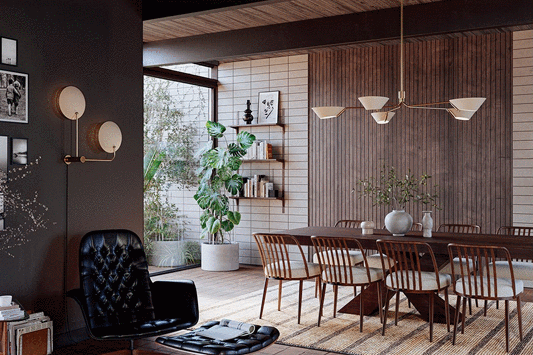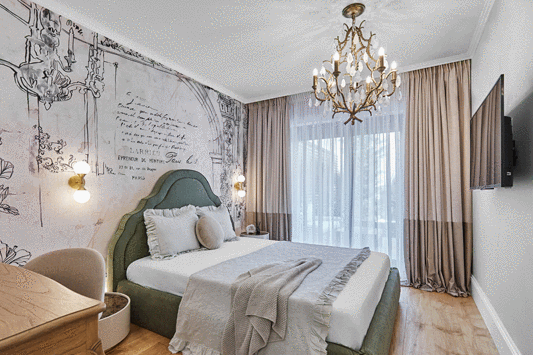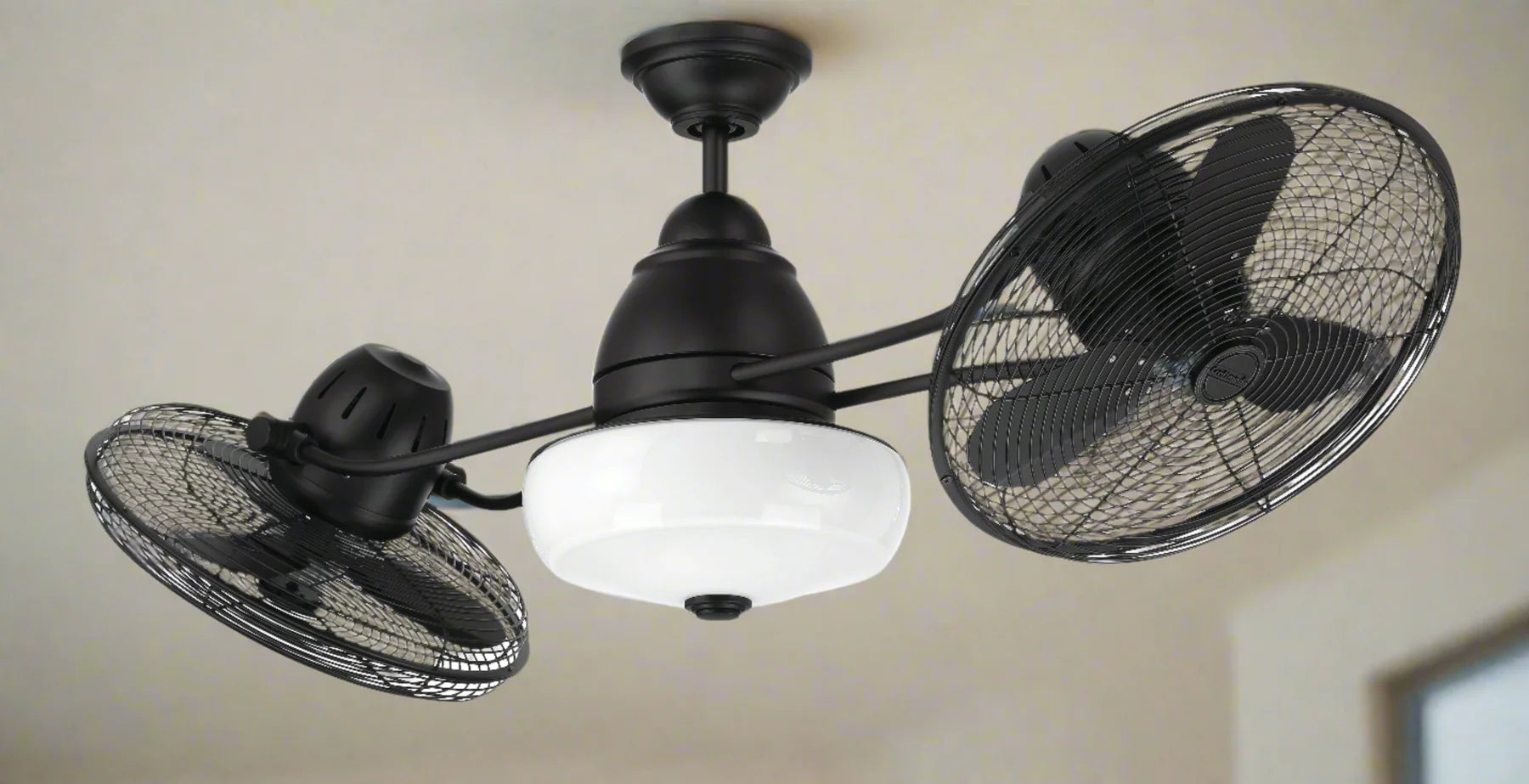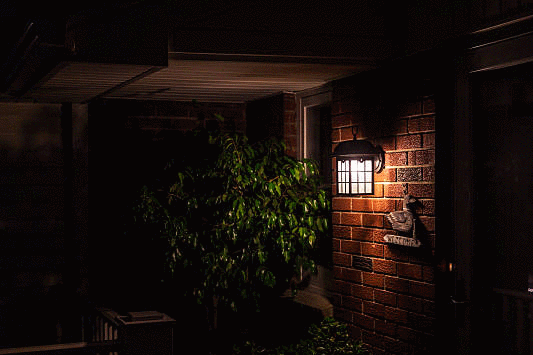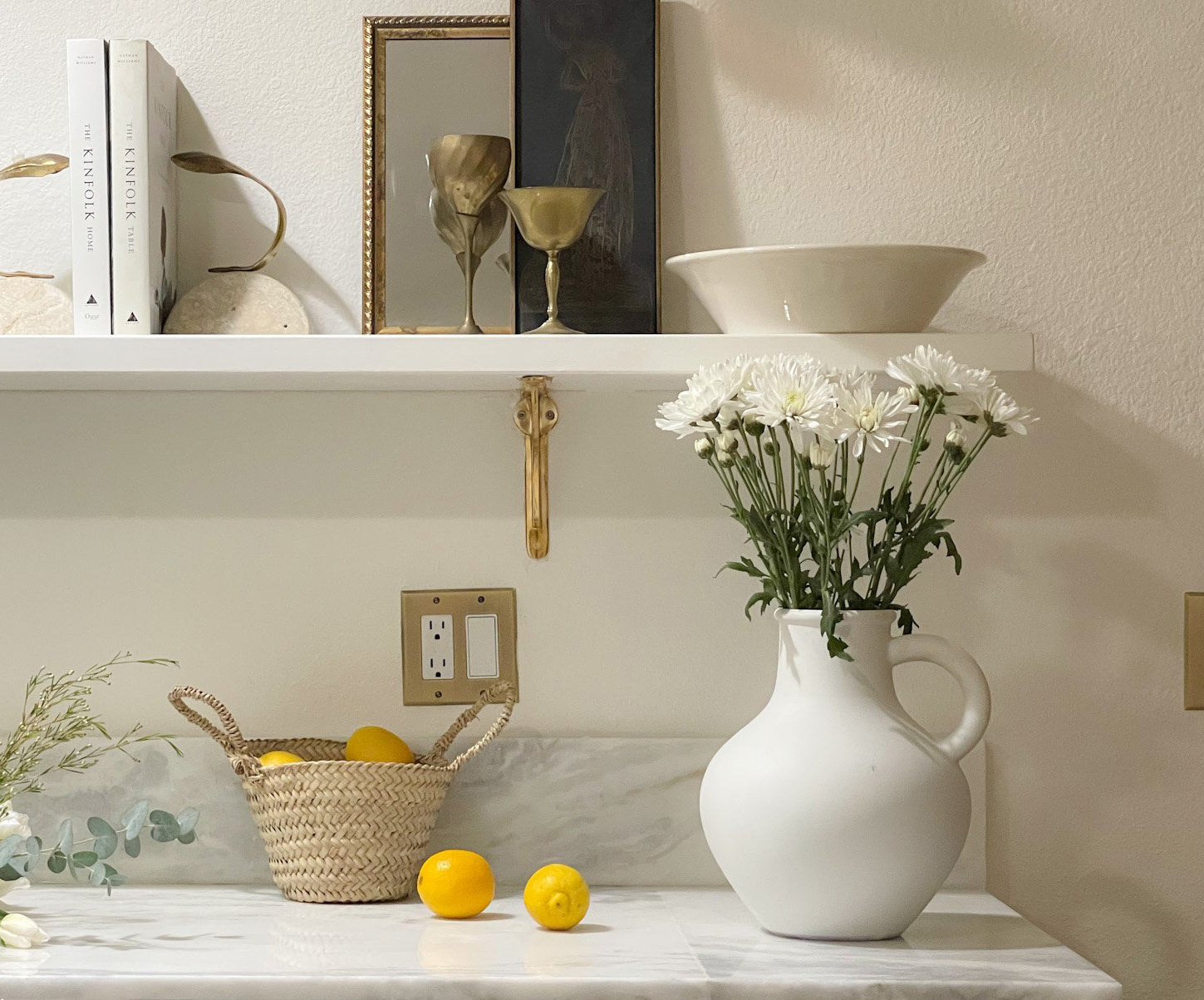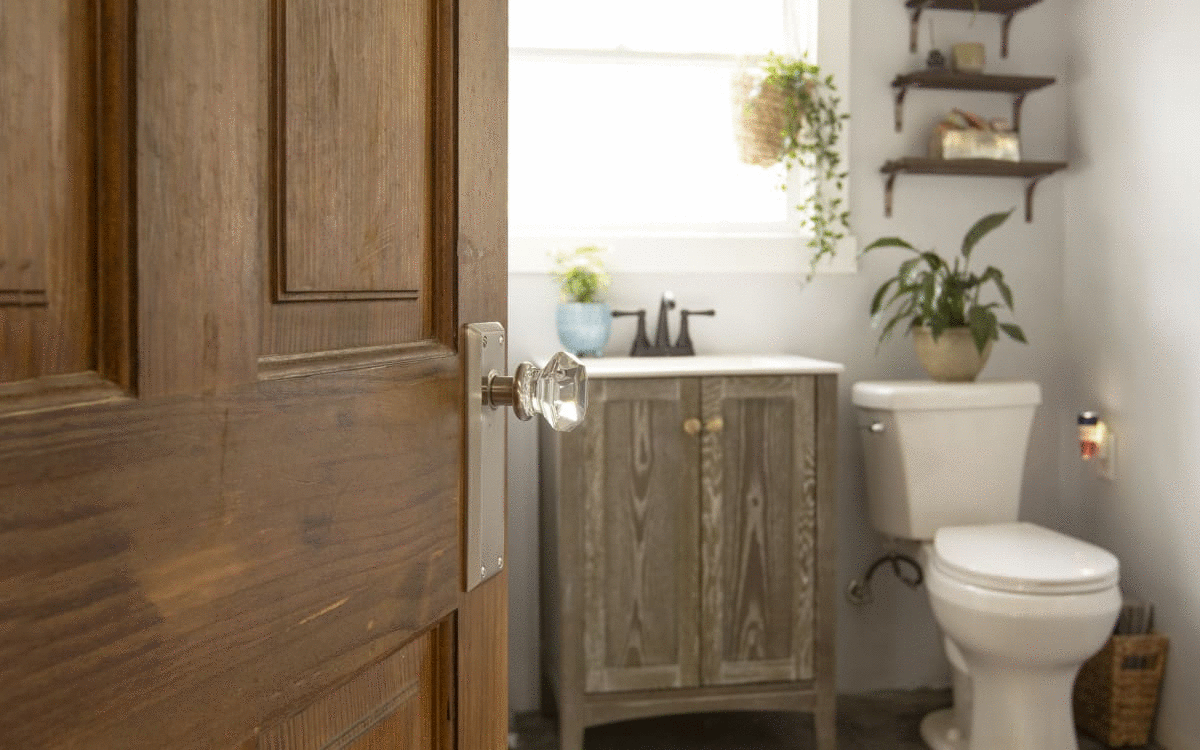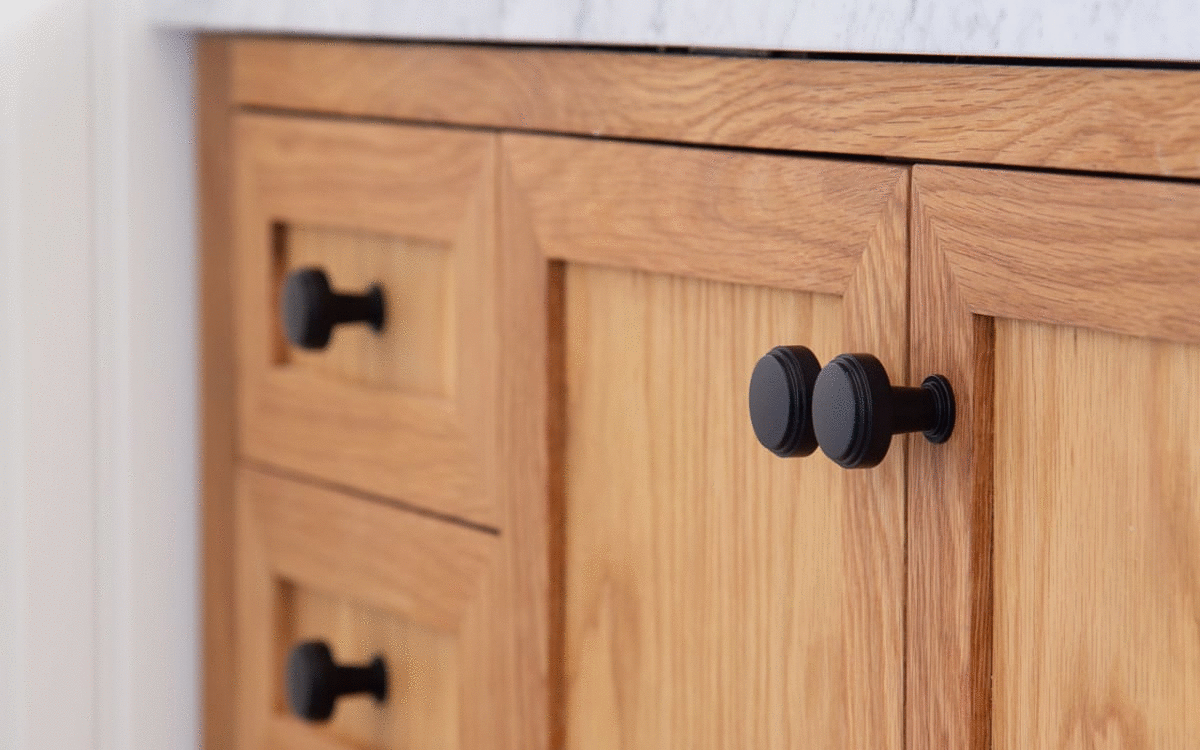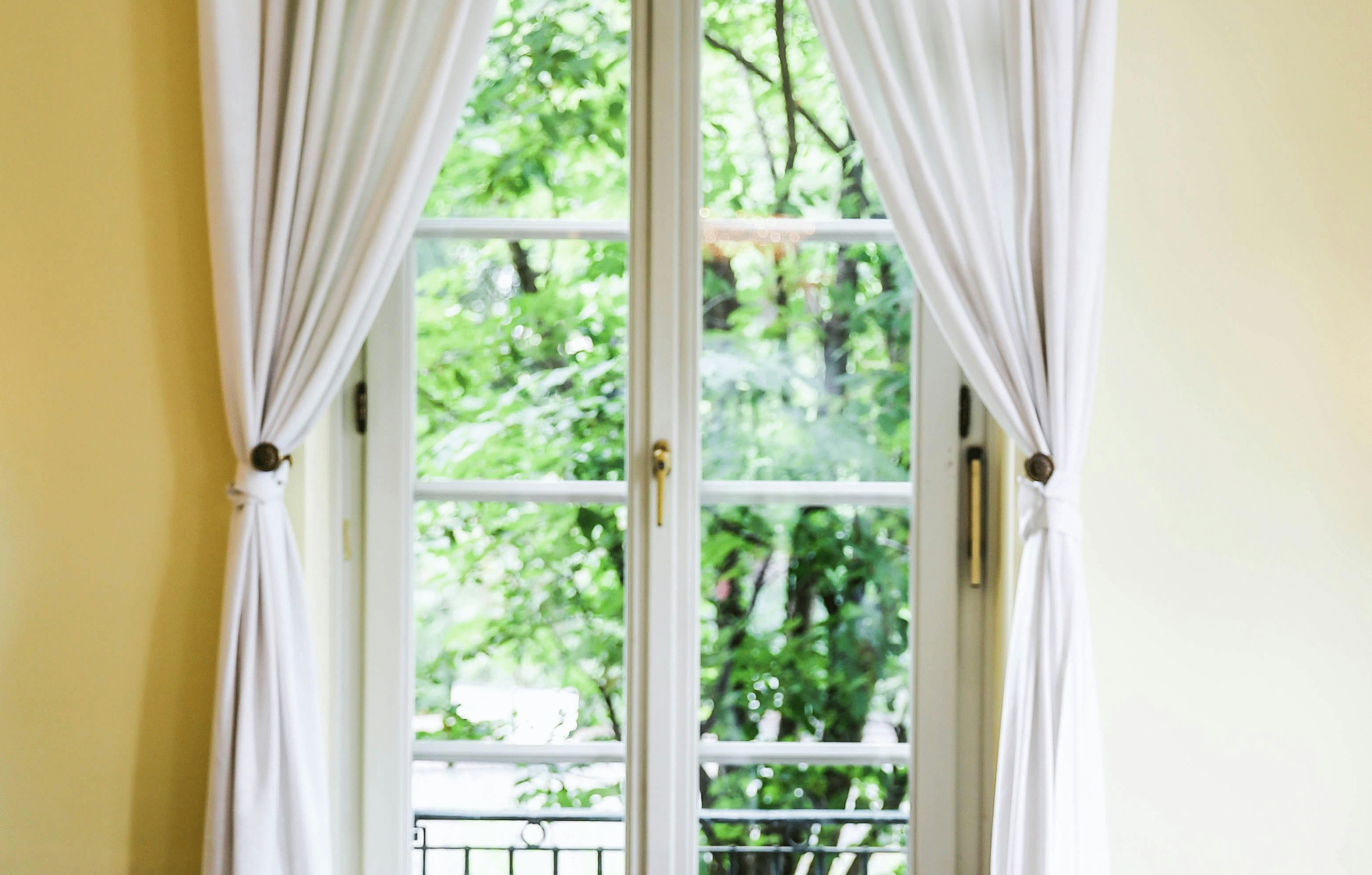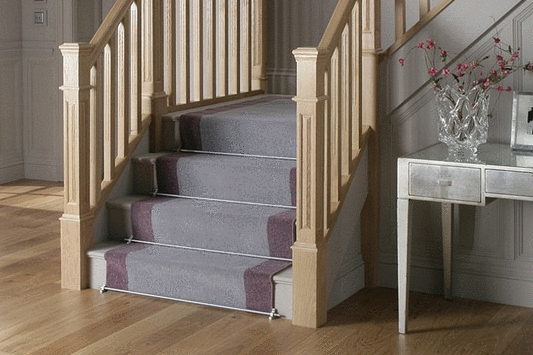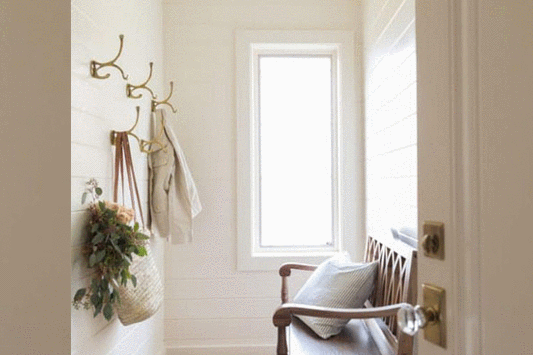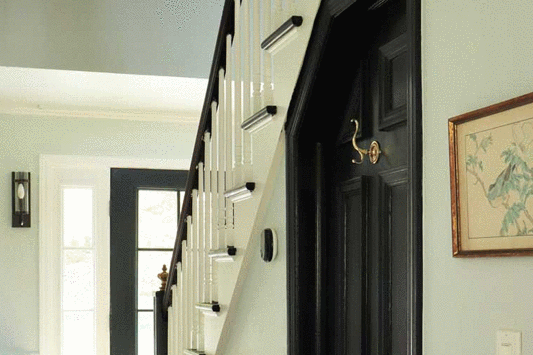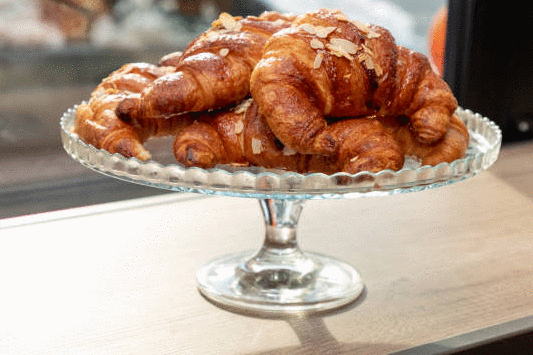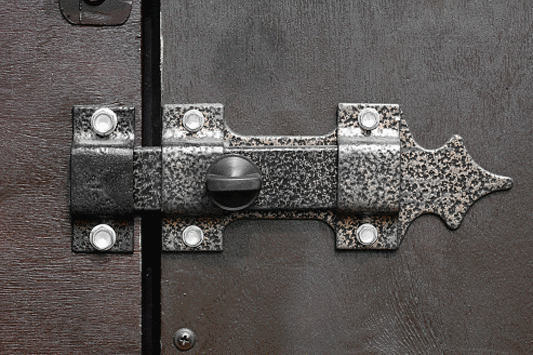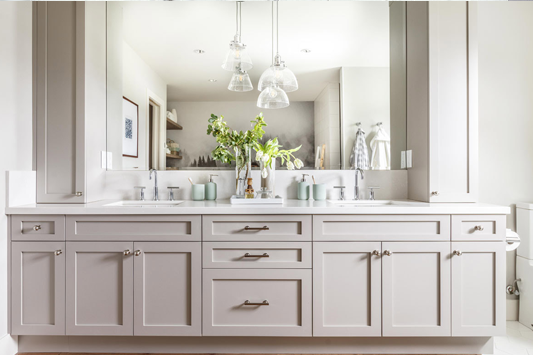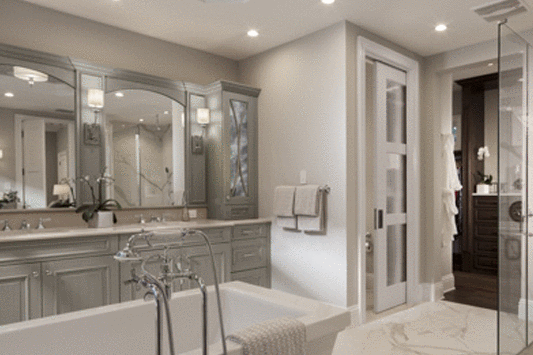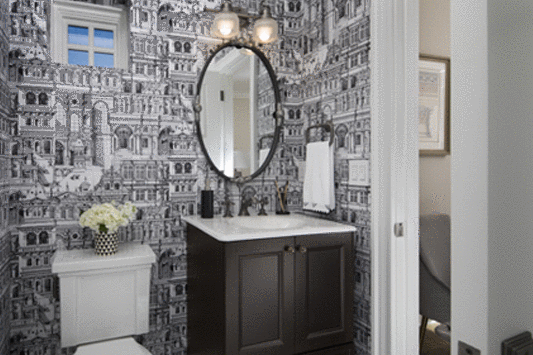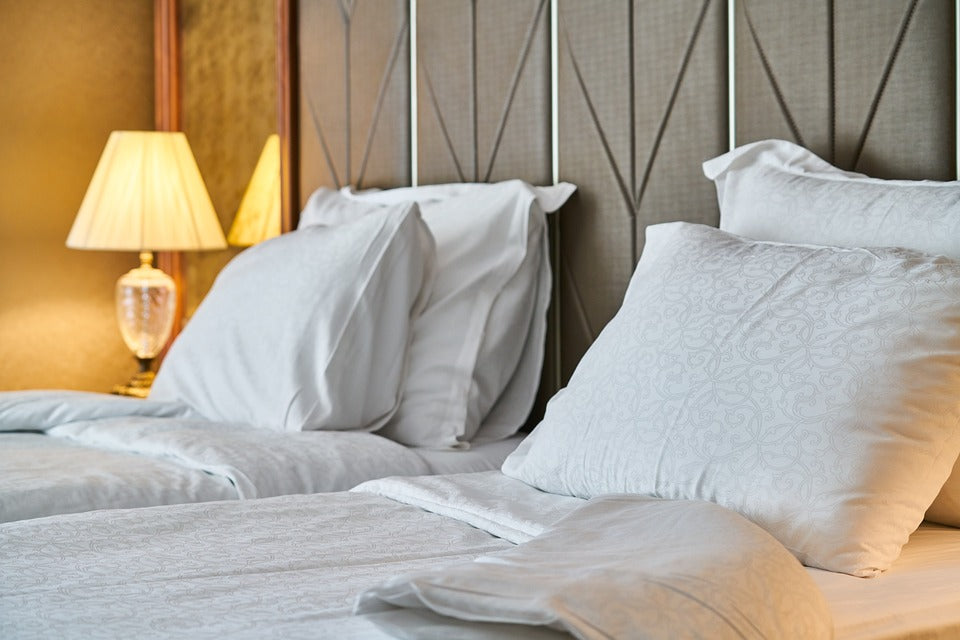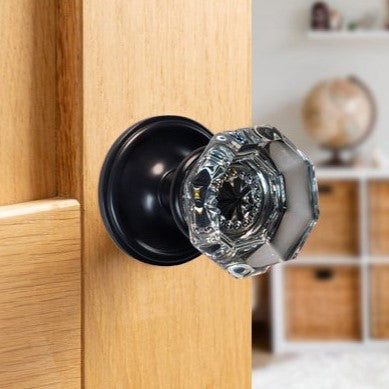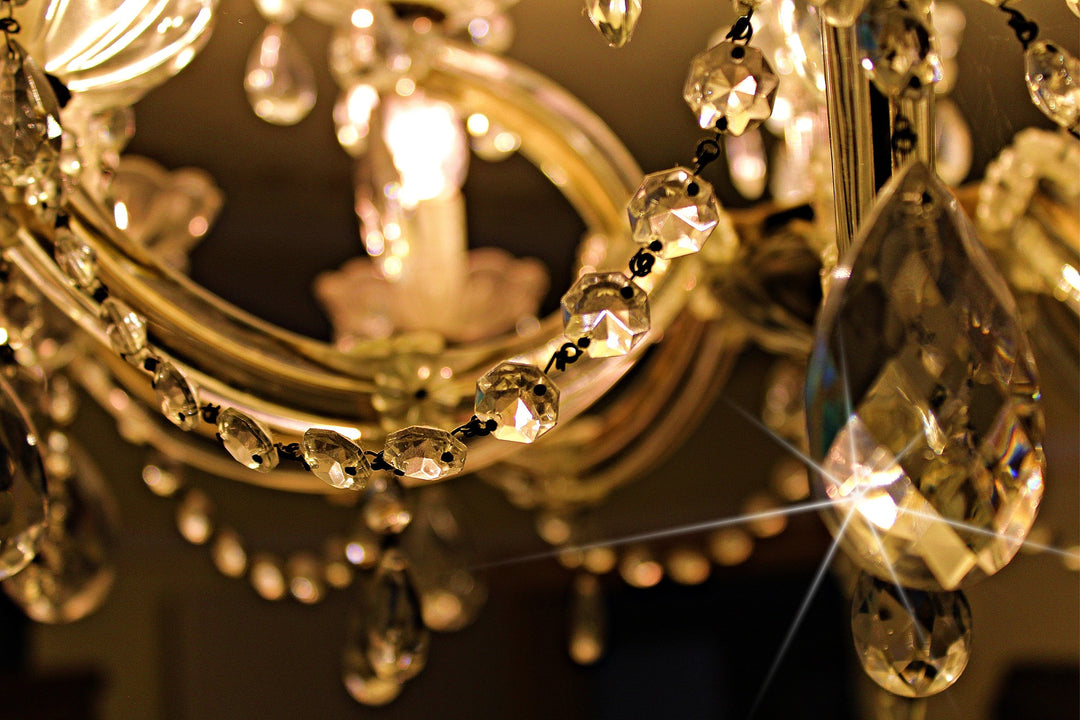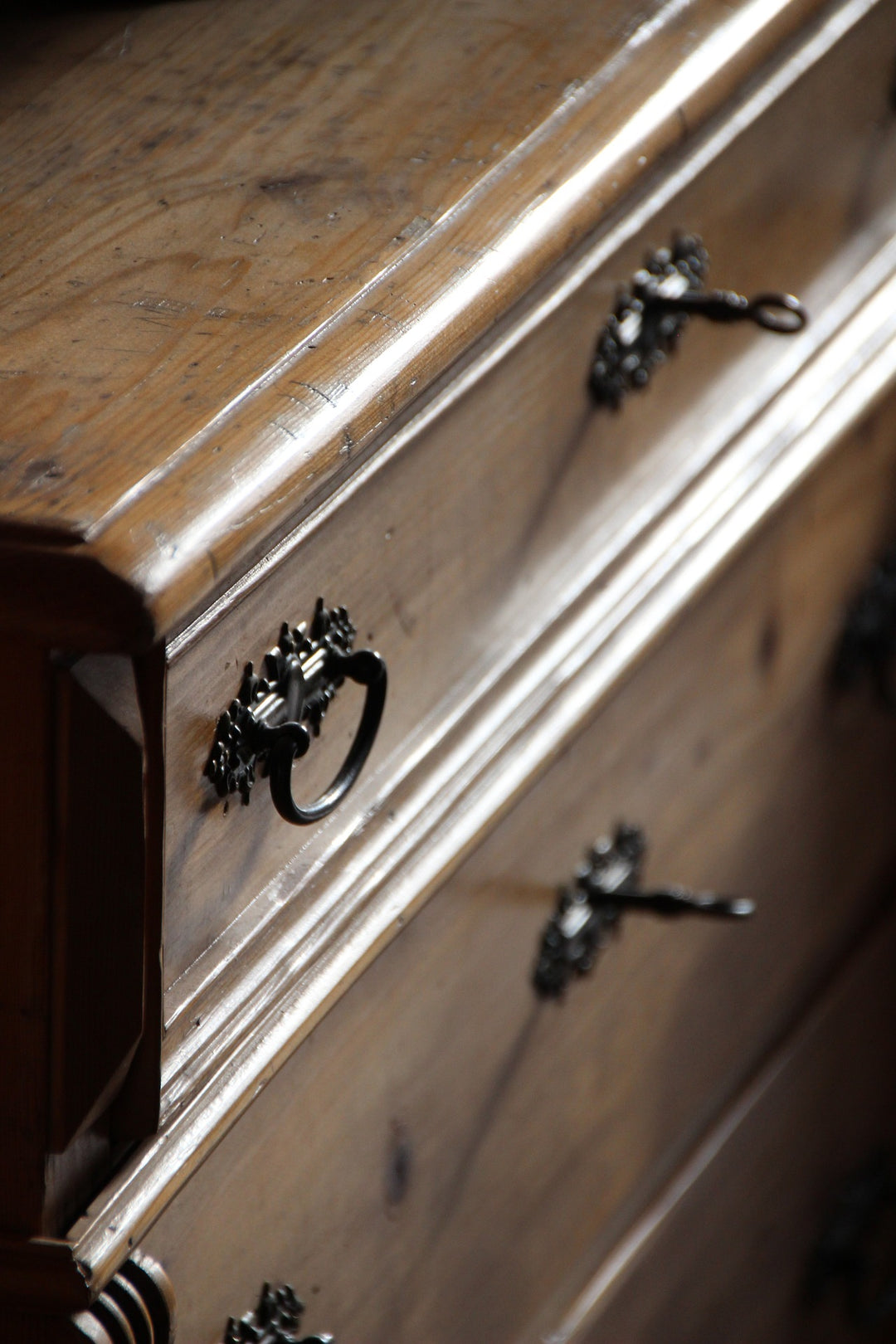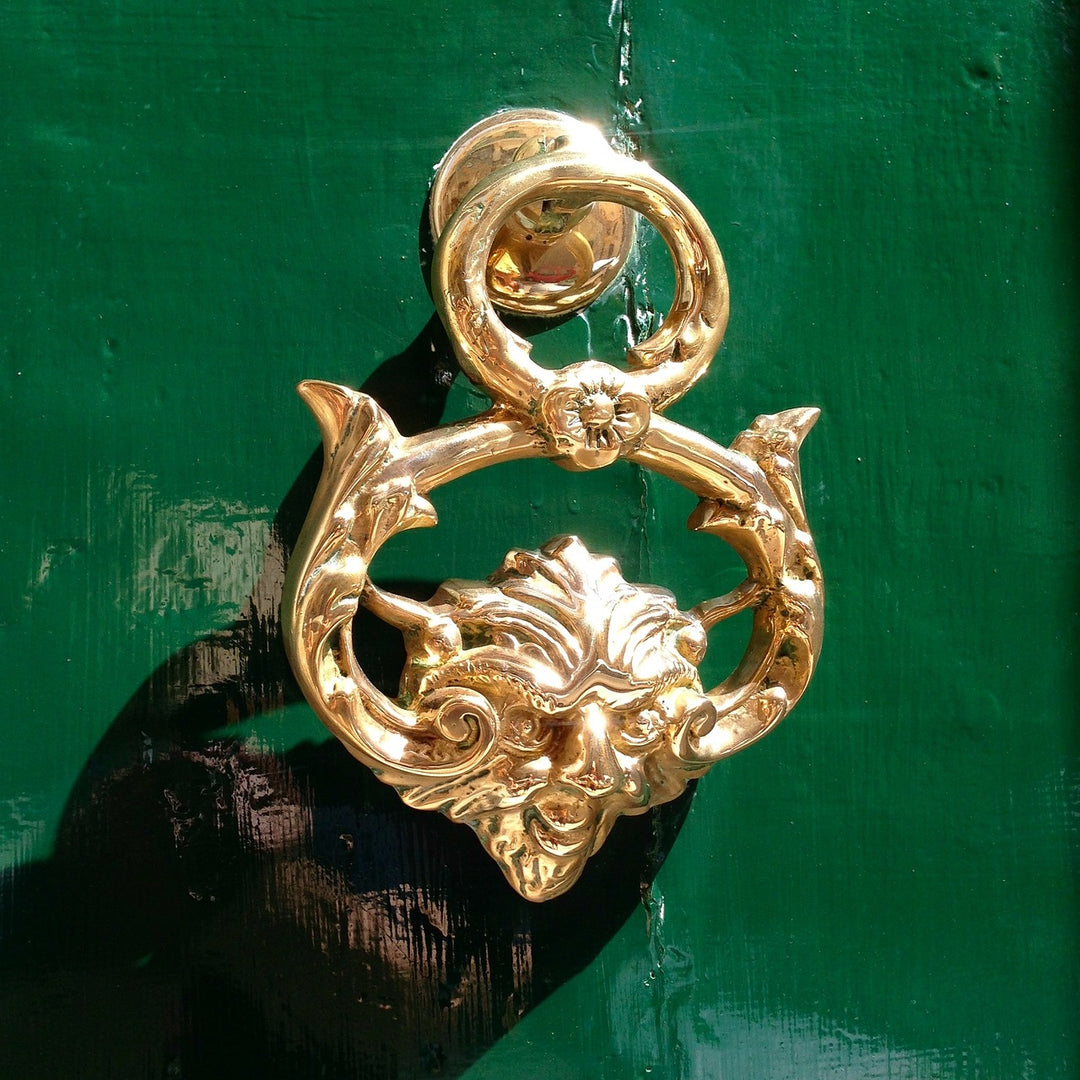The History of Cabinet Hardware: From Functional to Decorative
Cabinet hardware, including knobs, pulls, and hinges, plays a critical role in both the functionality and aesthetics of cabinetry. Though these small elements may seem insignificant, their evolution over time tells a fascinating story of design, innovation, and changing tastes. From the earliest practical uses to their current status as decorative features, let's explore the history of cabinet hardware and how it has transformed over the centuries.
1. The Beginnings: Function Over Form
The origins of cabinet hardware date back to ancient times when basic wooden pegs, leather straps, and rudimentary ironwork were used to secure cabinet doors and drawers. In ancient Egypt and Rome, early forms of hardware were primarily functional, designed to fulfill basic needs such as locking or securing storage spaces. These initial designs were often simple, with little regard for decoration or style.
During the medieval period, cabinet hardware continued to prioritize functionality. Blacksmiths crafted iron handles and latches that were robust and utilitarian, intended to withstand heavy use rather than add aesthetic appeal. This era’s hardware was typically handmade, resulting in variations that reflected the skill and style of individual craftsmen but with minimal focus on ornamental design.
2. The Renaissance and Baroque Eras: The Rise of Ornamentation
As Europe moved into the Renaissance and Baroque periods, there was a significant shift in the approach to cabinet hardware. The Renaissance, with its emphasis on art, symmetry, and proportion, saw the introduction of more ornate designs. Cabinet hardware began to reflect the opulent tastes of the time, incorporating intricate details such as floral motifs, scrolls, and even human faces.
By the Baroque era in the 17th century, cabinet hardware had evolved into a status symbol. Lavish decorations became the norm, with gilded brass and bronze knobs and pulls becoming popular among the wealthy. These pieces were often elaborately decorated with elaborate patterns and even gemstones, showcasing the skill of artisans and the prosperity of their owners.
3. The 18th and 19th Centuries: Industrial Revolution and Mass Production
The 18th century, particularly during the Rococo and Neoclassical movements, saw cabinet hardware take on more refined and symmetrical forms. However, it was the Industrial Revolution in the 19th century that truly transformed the production of cabinet hardware. The advent of machinery allowed for mass production, making hardware more accessible and affordable. This period marked a shift from handmade pieces to standardized designs.
With the rise of mass production, a wide range of styles became available, from the simple and functional to the highly decorative. Victorian cabinet hardware, for example, often featured intricate floral patterns, porcelain knobs, and ornate backplates. The expansion of the middle class during this time meant that decorative hardware was no longer exclusive to the wealthy; now, homes of all kinds could feature stylish and functional cabinet accents.
4. The 20th Century: A Focus on Style and Design Movements
The 20th century brought significant changes in the world of cabinet hardware, heavily influenced by various design movements. The Art Nouveau and Art Deco styles of the early 20th century introduced sleek, geometric designs, moving away from the heavy ornamentation of the previous centuries. Hardware became more streamlined, with clean lines and modern materials like chrome, nickel, and bakelite.
Mid-century modern design in the 1950s and 60s further simplified hardware aesthetics, favoring minimalist designs that complemented the clean, functional look of contemporary furniture. During this time, functionality and ease of use were still important, but style began to play an increasingly crucial role in hardware design.
5. The Contemporary Era: A Fusion of Form and Function
Today, cabinet hardware continues to evolve, with an emphasis on blending form and function. Modern hardware comes in a vast array of styles, finishes, and materials, allowing homeowners to personalize their spaces like never before. From sleek, minimalist handles to vintage-inspired knobs, today’s designs draw from a rich history while incorporating the latest trends in interior design.
Advancements in technology have also led to innovations such as soft-close hinges, touch-latch systems, and hidden hardware that prioritizes convenience without sacrificing style. Customization is key in the contemporary market, with many options available to suit every taste and decor style, from rustic farmhouse to ultra-modern.
Final Thoughts
The journey of cabinet hardware from purely functional items to essential decorative elements highlights the ever-evolving nature of interior design. As styles and tastes continue to change, cabinet hardware will undoubtedly keep adapting, offering new ways to enhance both the look and utility of our living spaces. Whether you're drawn to the historical charm of antique brass pulls or the sleek simplicity of modern chrome handles, understanding the history of cabinet hardware can deepen your appreciation for these small but significant details in your home.


